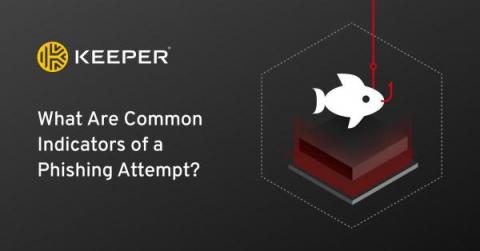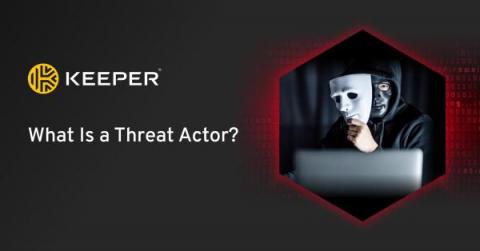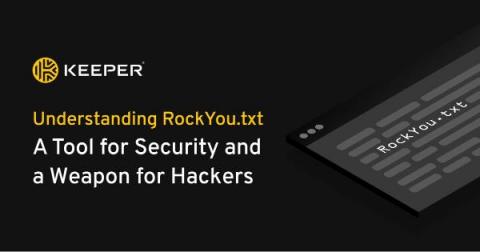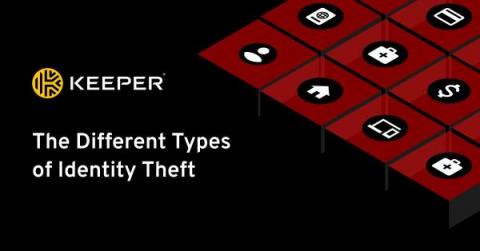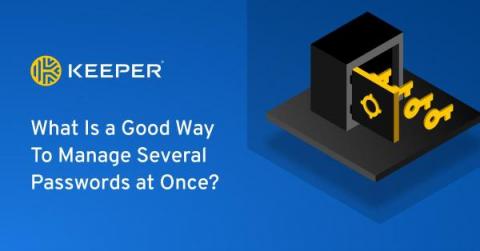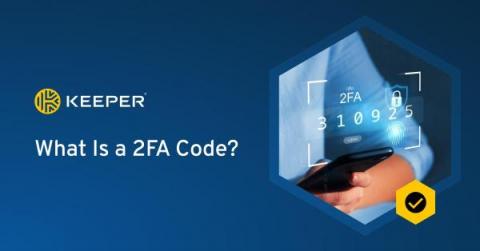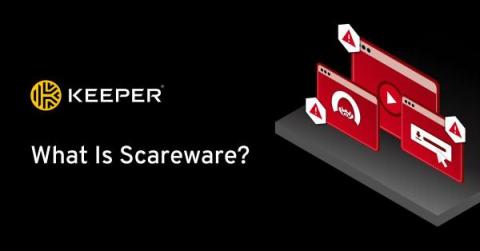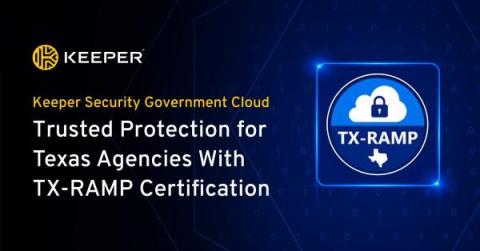What Are Common Indicators of a Phishing Attempt?
Common indicators of a phishing attempt include warnings from your email service provider, urgent language, threat of dire consequences, too-good-to-be-true offers and more. Continue reading to learn what to look for to spot phishing attempts and how to keep yourself protected.


